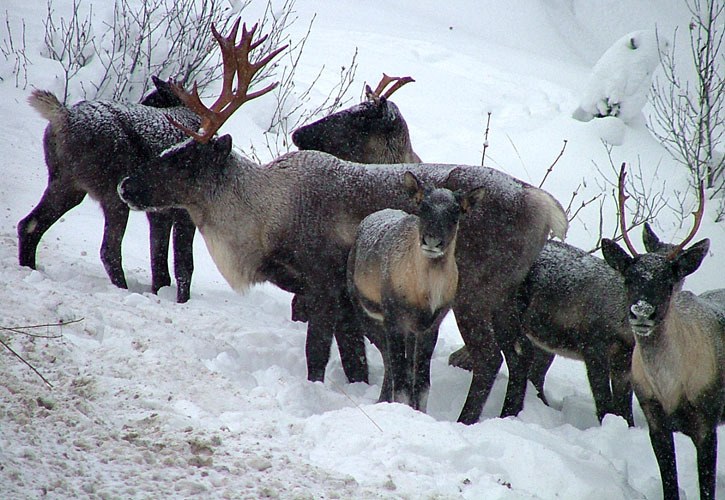VICTORIA – When the B.C. government last resorted to shooting wolves from helicopters in the 1980s, an emotional public outcry forced a retreat.
In the B.C. tradition, sensation-seeking urban media and protesters led the way. An outraged reporter named Pamela Martin marched a BCTV crew off the road near Fort St. John to expose this presumed crime against nature. With a metre of snow and temperatures dipping to -40, they didn’t get far, but public sentiment was aroused enough for politicians to overrule wildlife biologists.

This winter, while snow reveals the wolves’ location from the air, the choppers and rifles are out again. And my heart goes out to the biologists and First Nations hunters who face this grim task.
The South Selkirk mountain caribou herd, which ranges between B.C., Idaho and Washington, has been the target of intensive conservation efforts by governments on both sides of the border. Six of the remaining 18 animals now wear radio collars. There were 46 in 2009, only 27 by 2012, and wolves have killed two more since last spring.
Targeted hunting and trapping haven’t been sufficient, so up to 24 grey wolves are to be shot from the air before the snow melts.
There are seven caribou herds in the South Peace, with the Graham herd the largest at about 700. It’s the control group, left to fend for itself as a measure of wolf removal for the rest. The Burnt Pine herd is down to one bull, effectively extinct. The province and Treaty 8 First Nations are working on a plan to kill 120-160 wolves in that region.
It’s long been accepted that resource roads, logging and recreational trail use have increased herd disruption and predator access through what would otherwise be seamless bush and deep snow.
Snowmobiles and even back-country skiers can shift the balance. Smithers-area outdoor enthusiasts are currently being urged to stay away from the Telkwa Mountains, where the caribou herd is down to fewer than 20 animals. Local hunting and snowmobile clubs have observed a ban on motorized travel since 2003, but of course there will always be yahoos who chase animals for fun.
A mountain caribou recovery plan was implemented in 2007, protecting 2.2 million hectares from logging and road-building, including most of the core habitat of the South Selkirk herd. The Nature Conservancy of Canada bought 550 square kilometres in that region to protect habitat.
Strategies include transplanting animals from healthier to weaker herds to increase genetic diversity, and capturing and penning females with young calves to keep them from being picked off by wolves.
The B.C. grey wolf population averages around 8,500, with managed hunting and trapping to protect livestock while preserving the wolf as apex predator in most of its wide range.
This context is seldom reported by Vancouver media, which mostly sees its role not as explaining issues but rather embarrassing whatever political party is in power, and providing an uncritical platform for the stop-logging-mining-energy crowd, which is seen as popular with urban viewers.
Remember the spotted owl, with the fringe of its range extending into southern B.C.? Our branch-plant enviros marketed that one for years. Its core habitat is Washington and Oregon, where many sawmills were shuttered to “save” them.
Now they’re shooting invasive barred owls, which have emerged as a greater threat to spotted owls than logging. Context is important.
I suppose we’ll never know what difference the 1980s wolf kill would have made if it hadn’t been shouted down for TV ratings and urban enviro-donations.
Tom Fletcher is legislature reporter and columnist for Black Press. Twitter: @tomfletcherbc
